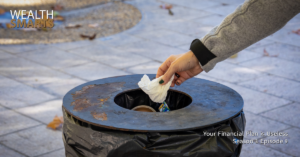Do You Hate RRSPs? You’re Not Alone.
The RRSP is one of the most important tools in your financial plan. However, there are a number of obstacles that prevent many Canadians from using this powerful tool to their advantage. If you have any of these objections, you’re not alone! In this post we break down all 5 reasons and offer solutions on how to overcome them.
Here are the top 5 objections we hear about using an RRSP:
Why invest in an RRSP when you must eventually pay back all the money you save?
Although you will pay income tax on your RRSP withdrawal in retirement, remember that you did not pay income tax on that part of your income that you set aside for retirement! You also experience the magic of tax-free compounding on your investment as it grows. In most cases, the income you take in retirement will be taxed at a lower rate than when you took the tax deduction.
I’m better off investing my money in a TFSA.
More and more Canadians are discovering the benefits of the TFSA, while unnecessarily throwing the RRSP under the bus. There is a place for both.
We forget that TFSA contributions are made with after-tax dollars while RRSP contributions are made with pre-tax dollars. For example, someone in a 40-per-cent marginal tax rate must earn $10,000 to contribute $6,000 into a TFSA after taxes. On the other hand, the person who contributes $6,000 into the RRSP deducts that amount from income and thus must only earn $6,000 to make that contribution.
If your income tax rate in retirement will be lower than during your working years (most people), your RRSP should take priority.
The ideal situation would be to maximize both of these tax-sheltered growth vehicles.
It’s better to pay down my debts.
Paying off expensive consumer and credit card debt is a no-brainer. However, your mortgage interest rate is probably a lot lower and rates of return on equity portfolios have been a lot higher. Focusing too much on paying down a low interest rate mortgage may be preventing you from investing in a higher return investment portfolio. The net result could be a sacrifice in your retirement lifestyle.
Putting too much into an RRSP will result in Old Age Security (OAS) clawbacks in my retirement.
Some fear the Old Age Security (OAS) Clawback tax without realizing how much income you need in order to be affected. If you qualify for full OAS payments and make more than $79,845 net world income in 2021, you will pay 15 per cent on the excess of that amount until your income reaches $129,075. At that point, 100 per cent of your OAS payments will have been clawed back. If you are a married couple and use pension income splitting effectively, you could earn as much as $159,690 between the two of you and not be affected by the clawback. Clearly, the OAS clawback affects only a small percentage of taxpayers. However, it is a potential problem and there are ways to plan for it.
RRSPs just never work for me.
We need to remember that an RRSP is just a vehicle. So often many believe that the RRSP doesn’t work for them when really it is the fuel and the engine that they put inside that may be impacting their progress. Some things that may be impacting the effectiveness of your RRSP might include:
- Investment allocation
- High fees with little value
- Reacting to the markets emotionally – for example buying high and selling low.
- Using an RRSP for short term saving.
The RRSP is often misunderstood, especially in the absence of a comprehensive financial plan. We hope this post helped to clear up some confusion for anyone who feels they don’t think an RRSP is a good idea for them. Schedule a conversation today if you need help planning how an RRSP can help you achieve your goals!















